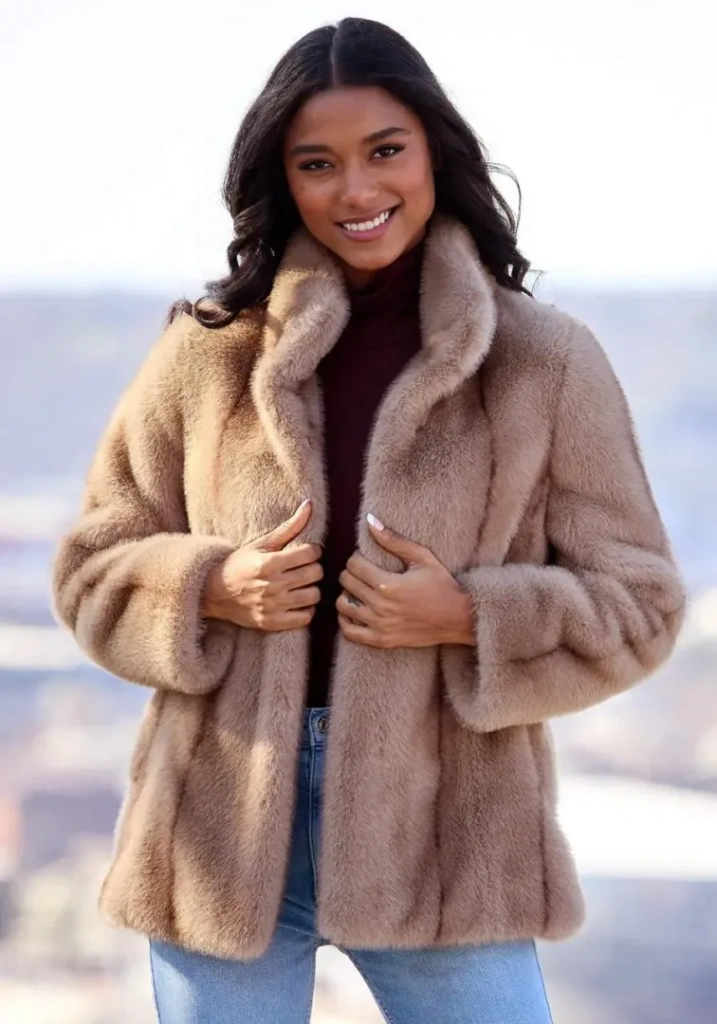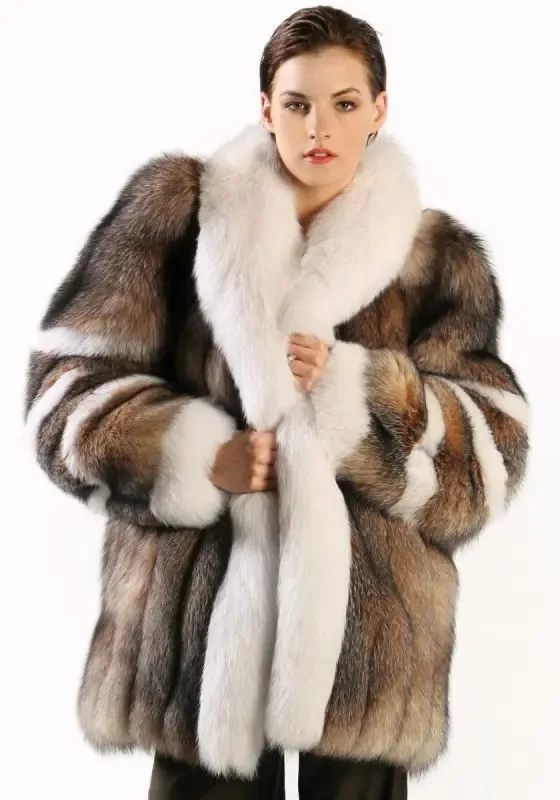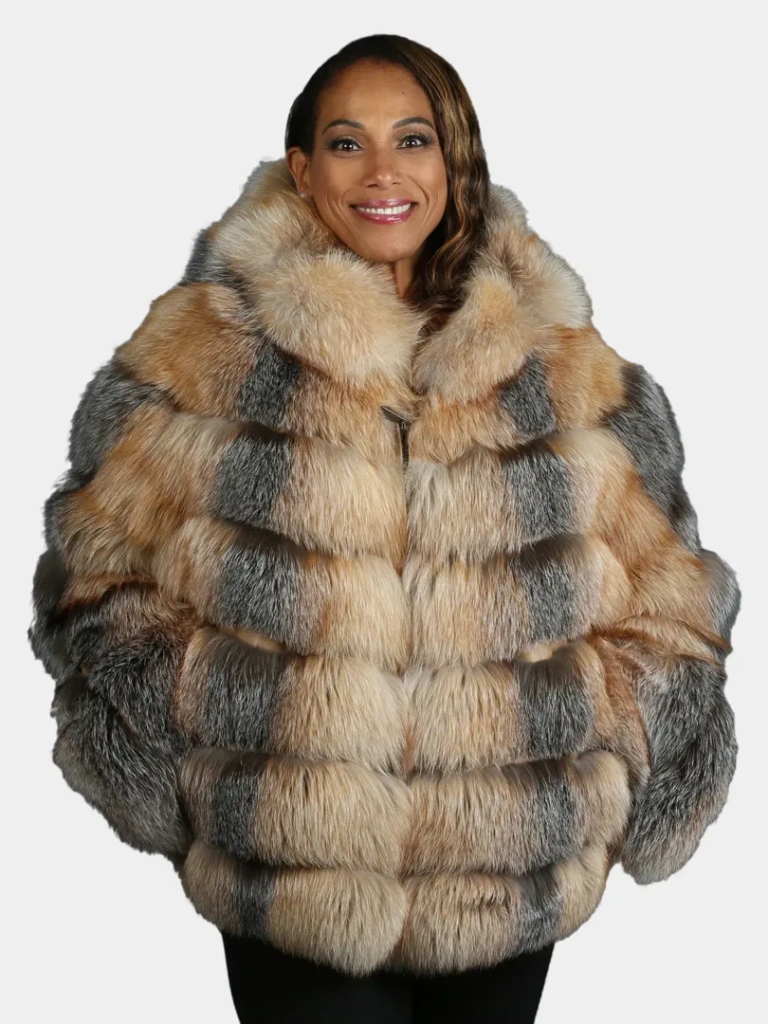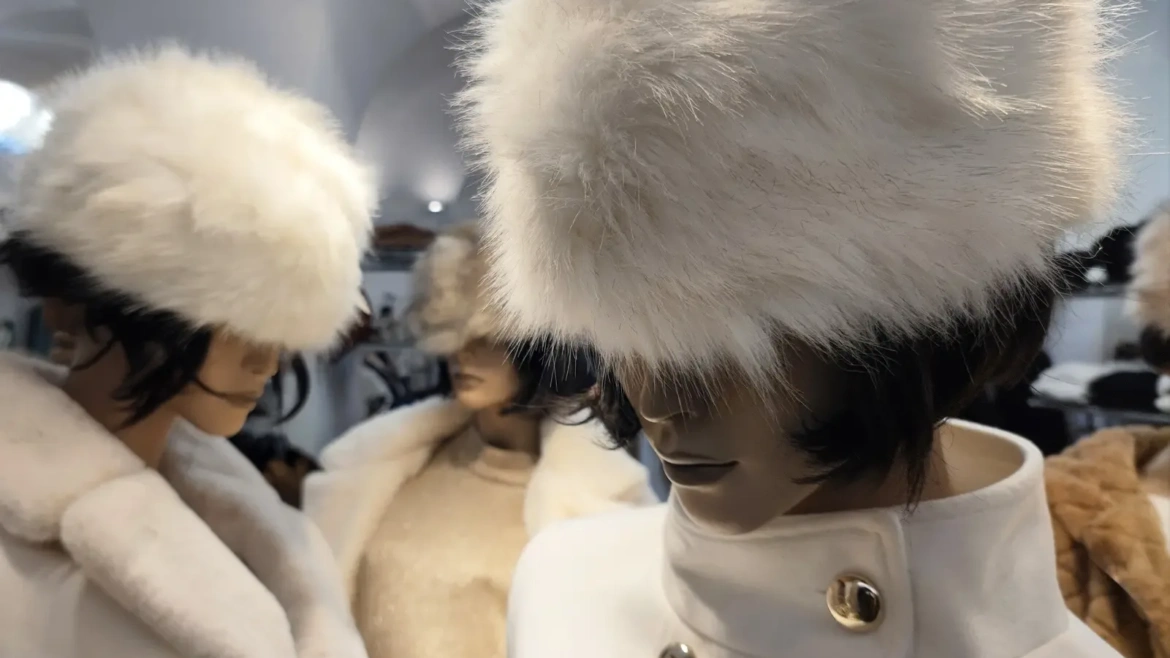The stigma surrounding fur, once a dominant narrative in fashion, appears to be undergoing a nuanced shift. After decades of anti-fur campaigns led by organizations like PETA, which successfully pressured major brands and retailers to go fur-free, the resurgence of fur, particularly vintage fur, suggests a complex evolution in consumer attitudes. This revival, however, is not without controversy, as it raises questions about ethics, sustainability, and the cyclical nature of fashion trends.

The Anti-Fur Movement’s Triumph and Its Limits
The anti-fur movement achieved significant milestones over the past three decades. High-profile brands such as Calvin Klein (1994), Ralph Lauren (2006), and later Gucci (2017) publicly renounced fur, setting off a domino effect across the luxury sector. By 2021, Kering, Gucci’s parent company, implemented a group-wide fur ban, and retailers like Macy’s, Bloomingdale’s, and Neiman Marcus followed suit. California’s 2023 ban on the sale of new fur products marked a legislative victory for animal rights advocates.
The fur industry’s decline is evident in the numbers: global fur production has plummeted by 85% over the past decade, with approximately 20 million animals killed for fur in 2023 compared to 140 million in 2014. The number of fur farms in the European Union has also drastically decreased. Yet, exceptions remain, such as shearling and leather, which continue to be widely used due to their classification as byproducts of the food industry.
The Vintage Fur Revival
Despite these strides, vintage fur has emerged as a contentious yet increasingly popular choice. The Manhattan Vintage Show’s “fur-a-palooza” in January 2024 highlighted this trend, with shoppers flocking to booths selling fox, mink, and sable coats. The appeal lies in the perception of vintage fur as a sustainable option—no new animals are harmed, and upcycling aligns with the growing emphasis on circular fashion.
High-profile celebrities have played a role in normalizing vintage fur. Rihanna, Kendall Jenner, Kylie Jenner, and Hailey Bieber have all been spotted wearing fur coats, often with the “vintage” label attached. The 1st Dibs marketplace reported a 14% increase in fur sales in 2024, with notable purchases including a 1997 Gucci fox fur chubby that sold for over $30,000.

The Ethics of Vintage Fur
For many, vintage fur represents a guilt-free way to enjoy the material’s luxury and warmth. Mary Connelly, a New York lawyer, inherited her mother’s 1970s Yves Saint Laurent mink coat, viewing it as a cherished heirloom rather than a symbol of animal cruelty. Similarly, Whitney Robinson, a hospitality entrepreneur, proudly wore a vintage coyote coat in Aspen, receiving compliments rather than criticism.
However, animal rights groups remain wary. PETA and the Humane Society argue that wearing vintage fur, regardless of its origins, perpetuates the idea that fur is desirable. “It’s still endorsing the idea that it’s acceptable to crush animals’ bones in traps or electrocute them or gas them,” said Ashley Byrne of PETA. PJ Smith of the Humane Society added that vintage fur could inadvertently encourage the purchase of new fur, as onlookers may not distinguish between the two.
Sustainability and the Faux Fur Debate
Proponents of vintage fur often cite sustainability as a key justification. Carly Mark, founder of the fashion label Puppets and Puppets, argues that vintage fur is a more environmentally friendly option compared to faux fur, which is often made from petroleum-based materials and contributes to microplastic pollution. “Vintage, in my eyes, is the superior sustainable option,” she said.
This perspective has gained traction among eco-conscious consumers, particularly as TikTok aesthetics like “Mob Wife” and “Old Money” celebrate the opulence of fur coats, leather, and leopard prints. The trend aligns with a broader cultural nostalgia for the Reagan era, a time when fur was a symbol of status and power.

A Divided Fashion Landscape
The resurgence of fur, particularly vintage fur, reflects a broader cultural and political divide. For conservatives, fur represents a rejection of political correctness and a return to traditional luxury. For liberals, it symbolizes a commitment to sustainable fashion and retro chic. As Anthony Barzilay Freund of 1st Dibs noted, “Vintage fur may be one of the few things still finding fans across the ideological spectrum.”
Yet, the debate is far from settled. While some, like Marie Laffort, a vintage shop owner, are “confused by the whole debate,” others see vintage fur as a dangerous trend that could undermine decades of progress in animal rights.
The Future of Fur
The fur industry’s future remains uncertain. While the demand for new fur has dwindled, the rise of vintage fur suggests that the material’s allure persists. Whether this trend represents a temporary blip or a lasting shift in fashion attitudes will depend on how consumers, brands, and activists navigate the complex interplay of ethics, sustainability, and style.
For now, the fur debate continues to simmer, with vintage fur serving as both a symbol of fashion’s cyclical nature and a lightning rod for ethical and environmental concerns. As the industry grapples with these issues, one thing is clear: the conversation around fur is far from over.
